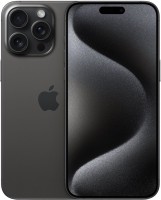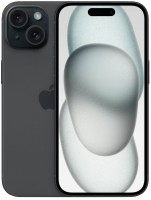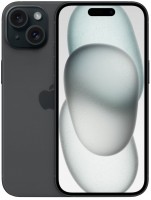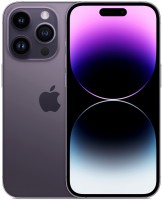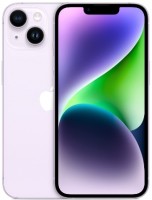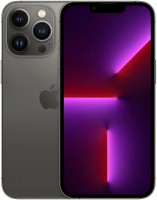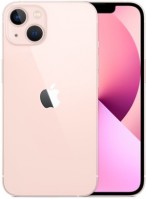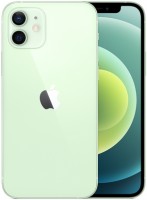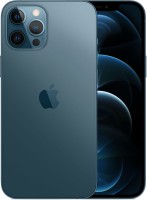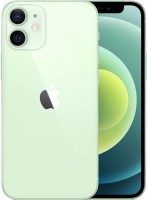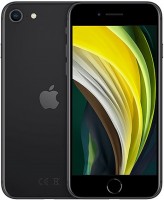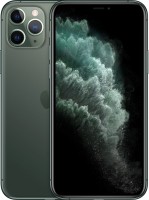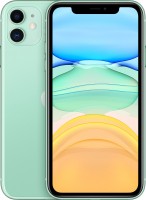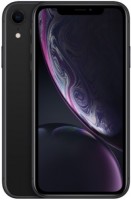Mobile Phones Apple series iPhone 8
iPhone 8
The classic iPhone 8 and its larger-screen Plus version have proven to be one of the most underrated iPhones ever. All attention was stolen from them by a brand new and brilliant iPhone X, which was destined for the role of the main star of the show.
However, nothing surprising, because the iPhone 8 line is assembled on the chassis of the “seven” and it would be more correct to call it the iPhone 7S. In fact, it plays the same role as the iPhone SE: new hardware and a new camera in a classic case at an old price. The powerful and energy-efficient hexa-core Apple A11 Bionic processor replaces the quad-core Apple A10 "Fusion". There is more glass in the case to make it easier to connect wireless charging. There is no audio output either, so the smartphone is not afraid of water (IP67 standard).
The classic Retina display was also inherited from the seven. However this time he borrowed the True Tone feature from the iPad Pro, which adapts the colour temperature of the screen to ambient lighting conditions. As time has shown, this is a very, very useful thing for those who regularly read and watch videos from a smartphone.
 |
At the time of its release in 2017, the main photo module deserved the laurels of one of the best cameras on the market. The 12-megapixel sensor with optical image stabilization and fast optics (f / 1.8) snaps great shots in good light and can record 4K video at 60 FPS. Naturally, the iPhone 8 does not reach the level of current camera phones with 4 and 5 modules, but the final 92 points from DxOMark are a very high bar.
The stores are actively selling both the regular iPhone 8 and 8 Plus with an enlarged display. In April 2020, the devices were discontinued, so “refurbished” or “refurbished” iPhones are more common on the market. Options stale on the shelves come across much less frequently. The amount of memory in the iPhone 8 and 8 Plus varies from 64 to 256 GB. Double slots for SIM-cards at Apple at that time were not held in high esteem.

